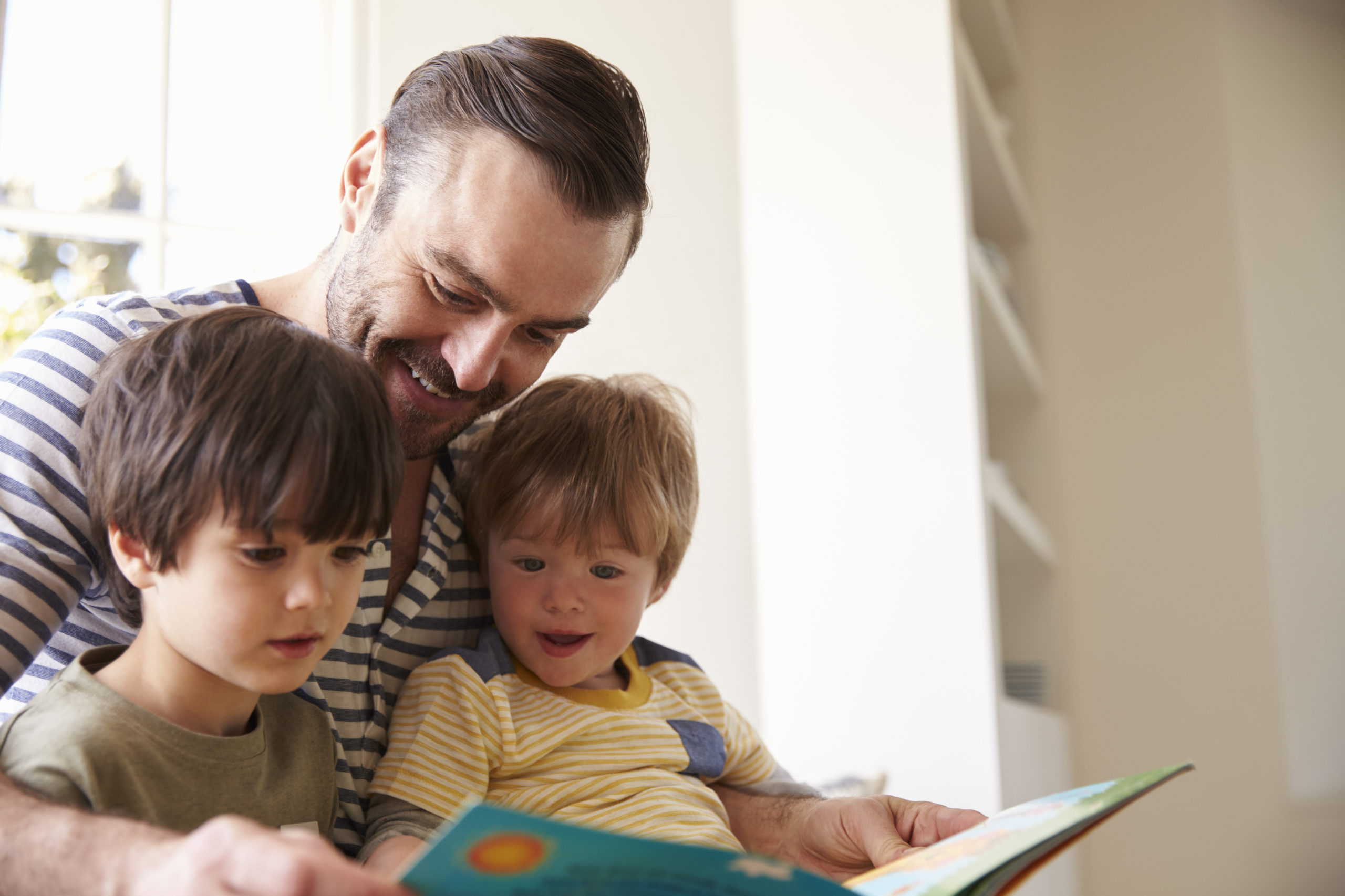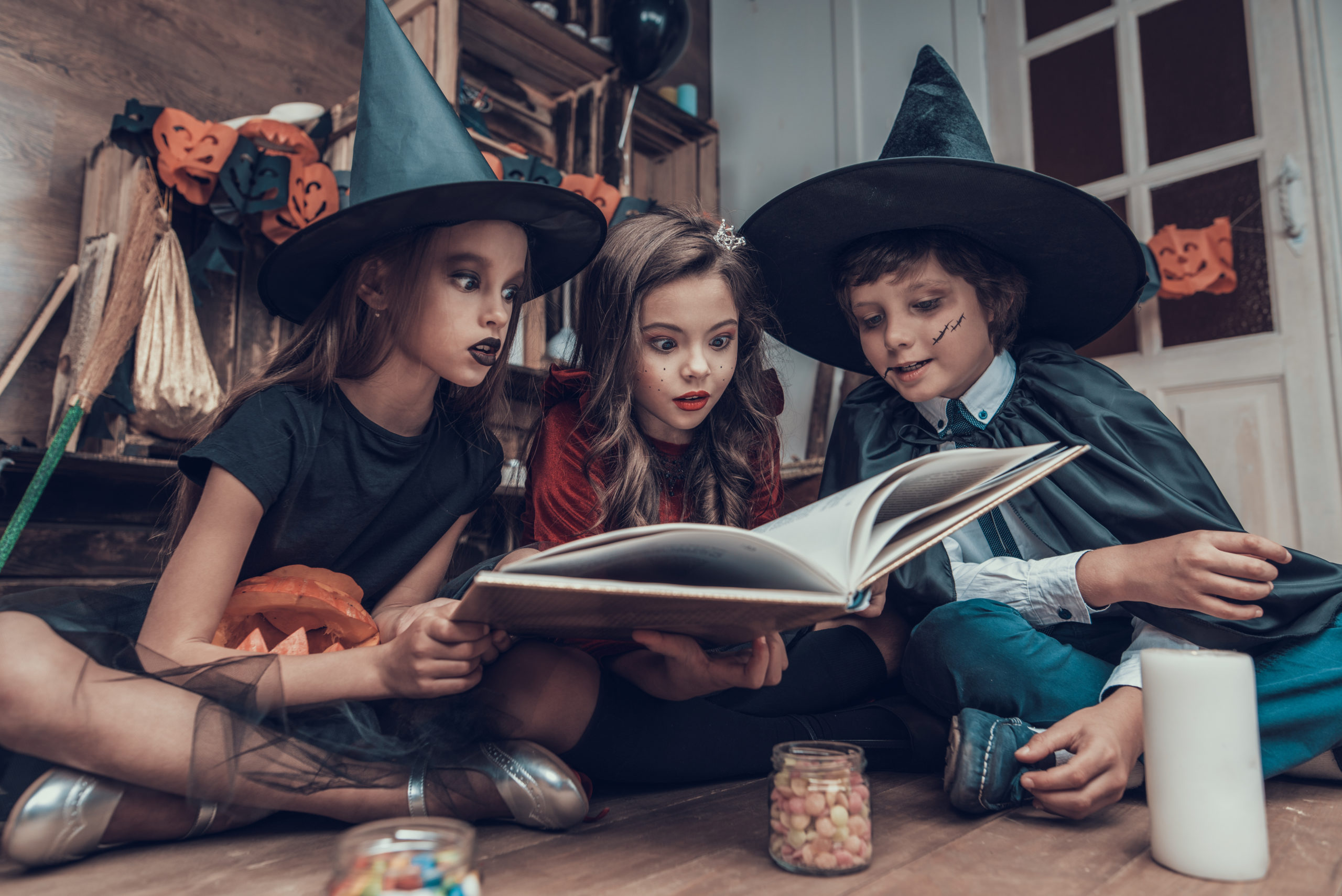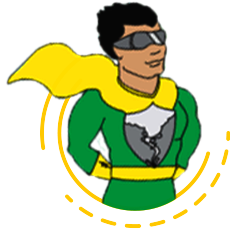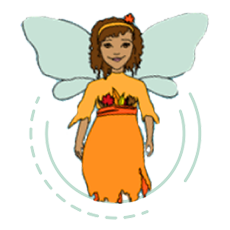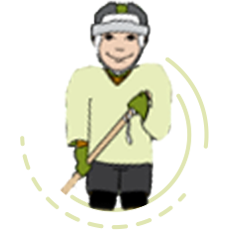Help Your Child Learn to Read-10 Beginning Reading Strategies
It is a priceless opportunity to help your child learn to read. The process takes patience- most days.
Then you’ll have those ah-ha moments, you hear teachers talk about, where your child happily makes progress towards beginning reading skills with less frustration.
What about the non-reader? How do you help a Pre-Kindergarten or Kindergarten child ready to get more out of a story than an adult reading a book from cover to cover? “Where do you begin?”
Beginning readers need modeling and exposure to beginning literacy skills.
Learning to Read Activities: Helping Your Child Learn to Read
1. Expose your child to books every day Visit the library, book store, have books around the house including ones you read.
2. Point to words as you read a book to a child. Have your child use their finger to track each word with you if they are willing.
3. Have your child point to words they know as you read. This is how a beginning reader starts to gain confidence attempting to read words they see repeated in stories.
4. Have your child re-read a book to you– Allow your child liberties to deviate from the text and ask why they made their story changes. The answers might surprise you!
5. Share the title of a story. Ask your child to make a story prediction based on the title alone. Making predictions and reading with purpose are necessary to help your child learn to read.
6. Look at each page and picture within a given story together before reading. Ask your child to predict what the story might be about based on the pictures. This is often called taking a picture walk or preview of a story. The beginning reading strategy of using picture clues to understand text is an important first step of reading.
7. Teach your child beginning reading comprehension strategies by asking specific questions about important themes/concepts within a story. An important beginning reading strategy is to automatically connect story concepts and ideas with ones’ own experiences. You can help your beginning reader make connections by good beginning reading comprehension modeling through discussion.
For example, when Cinderella, discuss why she was a virtuous or good main character. Have your child share ways in which they are like Cinderella. Ask what they do or have done in the past which makes them similar to Cinderella. You might get some real interesting comments with that particular story! However, each child has an amazing and unique way in which they make connections.
8. Discuss vocabulary related to a story when your child is beginning to read. Give background information about historical, cultural, and social underpinnings of a story whenever possible. Sharing an author’s research and point of view in the creation of any story will open your child’s eyes to the possibilities reading can offer.
9. Discuss the “Big Five”– Characters (main and minor), setting, plot, events, problem/resolution when reading with your child.
10. Write or create something about each and every story you read with your child together– if time permits. Any learning to read activity that connect a story with your child’s imagination will help them gain a deeper understanding and appreciation of the importance, possibilities, and magic within literacy.
BU64QKKNMQAH

